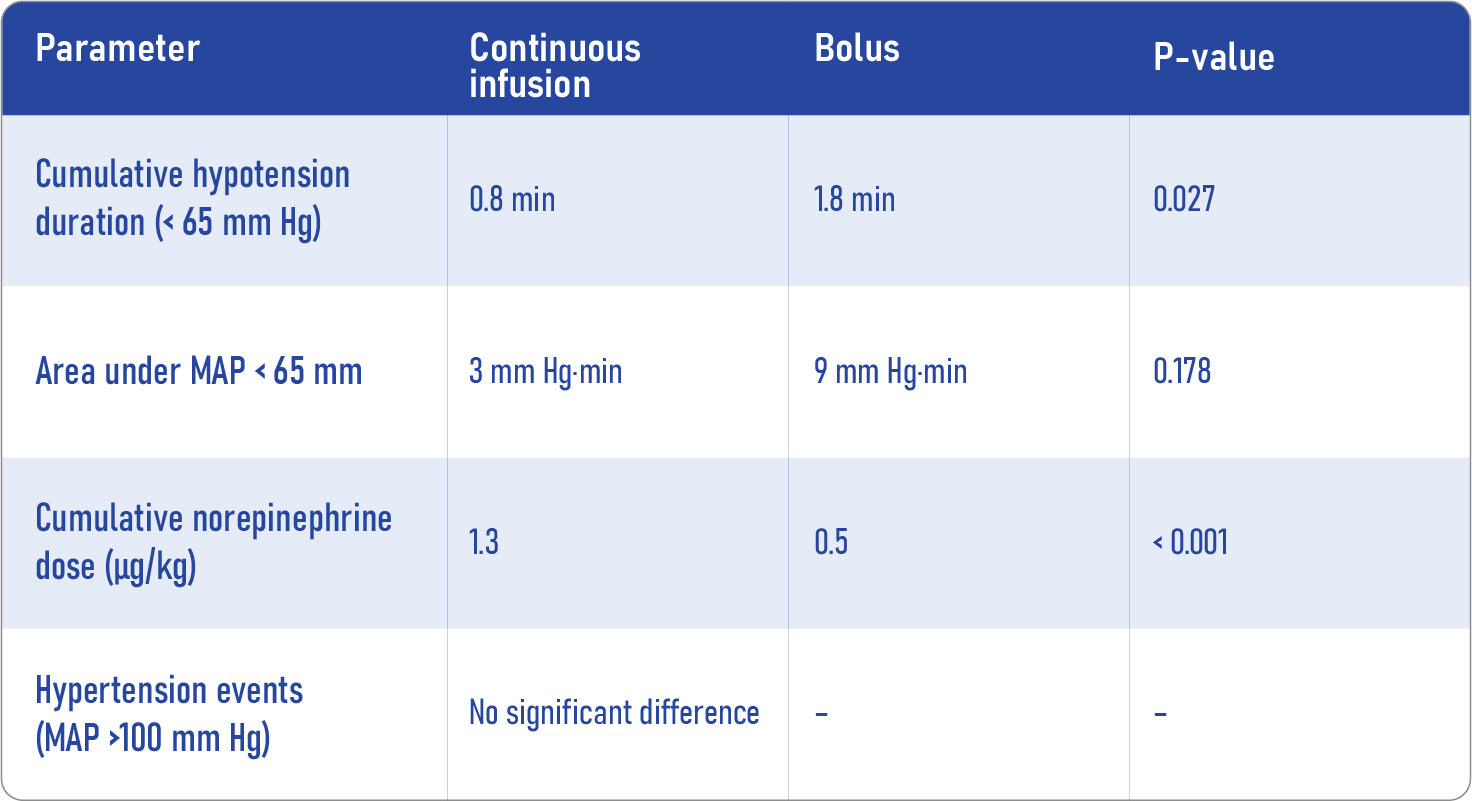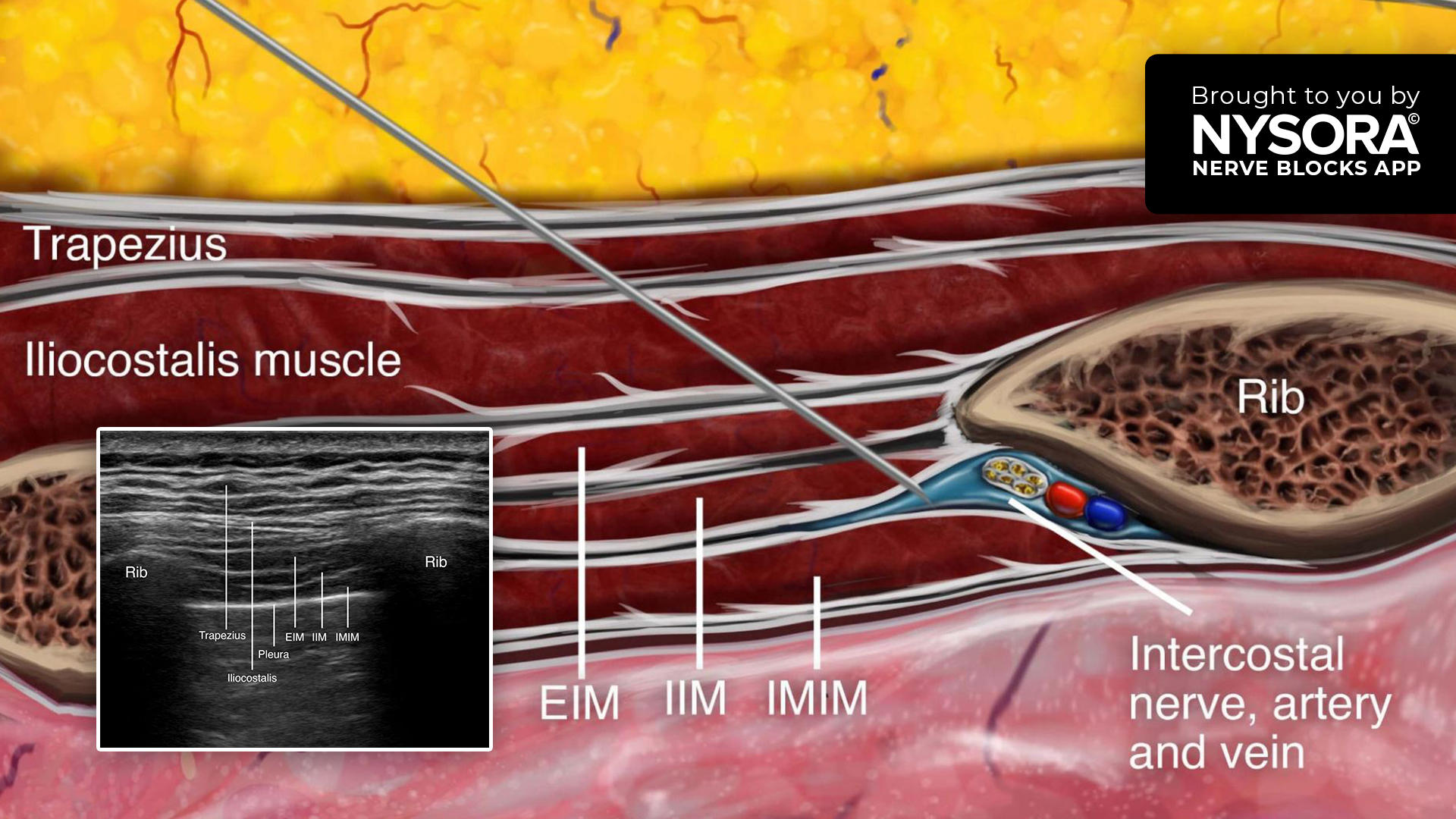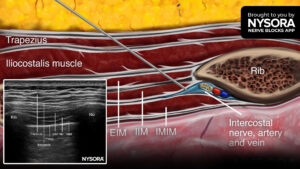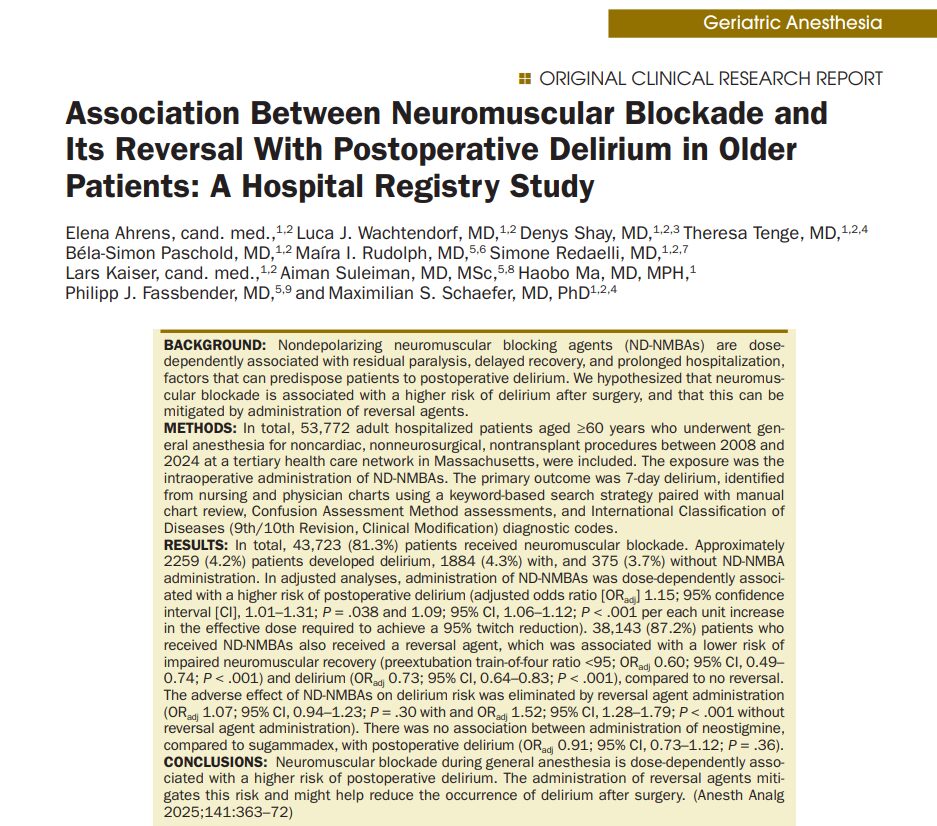A 2025 study published in the British Journal of Anaesthesia provides strong evidence that continuous norepinephrine infusion during general anesthesia induction significantly improves blood pressure stability compared to the traditional manual bolus method.
Why blood pressure stability matters
Postinduction hypotension, or low blood pressure after anesthesia begins, is a well-recognized risk in high-risk noncardiac surgical patients. It is associated with adverse outcomes, including acute kidney injury and myocardial injury. Managing this complication effectively during anesthesia induction is critical to patient safety.
What the study investigated
The randomized controlled trial by Vokuhl et al. (2025) compared:
- Continuous norepinephrine infusion vs.
- Manual bolus norepinephrine administration
…to determine which method provided better mean arterial pressure (MAP) stability during the first 15 minutes after induction of general anesthesia.
Key inclusion criteria
- Patients ≥ 45 years old
- ASA physical status II–IV
- Undergoing high-risk noncardiac surgery
- Requiring arterial catheterization for continuous blood pressure monitoring
Exclusion criteria
- Intracranial pathology (e.g., hemorrhage, aneurysms)
- Pregnancy
- Pre-existing clinical indication for continuous norepinephrine
Study design and protocol
- Participants: 71 patients randomized (36 infusion group, 35 bolus group)
- Monitoring: Continuous invasive MAP measurement via radial artery catheter
- Drugs used for induction: Sufentanil or remifentanil, propofol, and rocuronium
- MAP target: ≥ 65 mm Hg
Norepinephrine administration:
- Infusion group: Continuous delivery via a syringe pump
- Bolus group: Manual boluses of 100 μg at the clinician’s discretion
Results at a glance
Primary outcome: MAP variability
- The continuous infusion group had significantly lower variability:
19 vs. 25 mm Hg·min⁻¹ (P < 0.001)
(measured by generalised average real variability of MAP – ARV-MAP)
Secondary outcomes:

Despite a higher total norepinephrine dose, continuous infusion did not lead to hypertension.
How to apply this clinically: 5 steps
- Identify high-risk patients: Age ≥ 50, ASA ≥ 3, or chronic hypertension.
- Place an arterial catheter: Enables continuous MAP monitoring.
- Prepare norepinephrine infusion: 3 mg in 50 mL saline via syringe pump.
- Adjust infusion rate as needed: Titrate to maintain MAP ≥ 65 mm Hg.
- Avoid routine boluses: Reserve only for breakthrough hypotension.
Implications for practice
This trial supports a paradigm shift in anesthetic management for high-risk noncardiac surgery patients:
- Improved hemodynamic stability with continuous infusion
- Fewer hypotensive events, even without increasing hypertensive risks
- Potential to improve patient outcomes, though more research is needed
Notably, the study complements previous findings suggesting:
- Invasive blood pressure monitoring itself helps mitigate hypotension
- Norepinephrine, when titrated properly, does not cause excessive hypertension
Conclusion
Continuous norepinephrine infusion during anesthesia induction provides better MAP stability than bolus dosing in high-risk patients. While more research is needed to confirm long-term benefits, this technique offers a safe and more controlled approach to managing induction-related hypotension.
Clinicians are encouraged to consider proactive vasopressor strategies and integrate them into their protocols for high-risk surgical populations.
Reference: Vokuhl C et al. Continuous versus bolus norepinephrine administration and arterial blood pressure stability during induction of general anaesthesia in high-risk noncardiac surgery patients: a randomised trial. Br J Anaesth. 2025;135:878-885.
Read more about this topic in the Anesthesia Updates section of the Anesthesia Assistant App. Prefer a physical copy? Get the latest literature and guidelines in book format. For an interactive digital experience, check out the Anesthesia Updates Module on NYSORA360!









